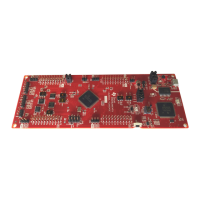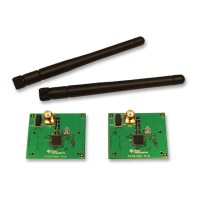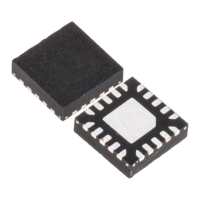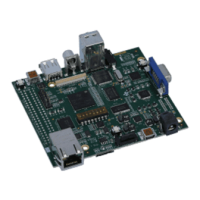Software Design
Pseudo Code
Flowcharts
Code Development
Module Validation
Code Coverage
Code Review Process
Track Bugs/Corrections
Using
Bugzilla Web Tools
Archive Environment and
Source Using
Git Repository System
Field/ECN Inputs
Coding Standard
Guidelines
Verification
ECN Approval
C2000 MCU IEC60730 STL Library – Development Process
www.ti.com
Appendix C C2000 MCU IEC60730 Software Safety Development Process
The C2000 MCU IEC60730 self-test library functions are written in C28x CPU assembly and C. Assembly
functions are intended to do self test more efficiently and leverage architecture features. All these
functions are user friendly calling functions that can be included in the end application. The following
sections provide the highlights of coding rules conventions used in C2000 MCU self-test software libraries.
Figure 10. C2000 STL Library Development Process
C.1 Software Design
Design of each module is documented through the use of a flowchart or pseudo code. The choice
depends on the module and which best represents the functionality.
C.2 Coding Standard and Naming Conventions
The coding standards and naming conventions are outlined below. The standard is enforced by code
review. LDRA programming standard checking will also be applied.
C.2.1 Variable Names
• All variables are camel case starting with a lowercase letter. Global variables must begin with the letter
‘g’.
– uint16_t loopCounter; uint16_t gDataBuffer
• Type definitions must begin with their module name in all capital letters, followed by an underscore
(‘_’).
– MODULE_FruitTypes
• Defined constants must be in all caps and start with the module name.
– #define MODULE_REGISTER_BIT (1 << 4)
32
C2000 MCU IEC60730 Software Safety Development Process SPRUHI3A–April 2013–Revised August 2013
Submit Documentation Feedback
Copyright © 2013, Texas Instruments Incorporated

